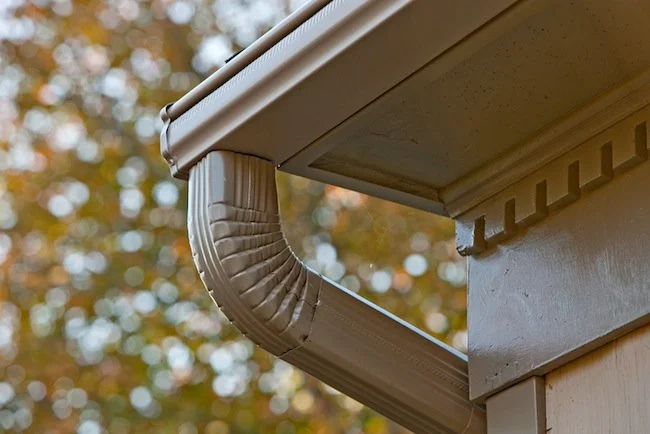
Soffits play a pivotal role in the architectural integrity and aesthetic appeal of homes. These components, often unnoticed at first glance, are fundamental in safeguarding the house against environmental elements and pests, while also contributing significantly to its overall visual appeal. This comprehensive guide delves into the intricacies,functions, types, and maintenance of them, ensuring homeowners are well-informed about this crucial aspect of their property.
What Defines a Soffit?
It is the material fitted beneath the overhanging section of a roof eave. It serves to conceal the architectural framework and provides a clean, finished look to the building’s exterior. Beyond aesthetics, they are integral to protecting the rafters from weather elements and pests, thereby extending the longevity of the roof structure.
The Dual Role of Soffits: Aesthetic Appeal and Protective Function
Aesthetic Contribution
Soffits contribute aesthetically by offering a cohesive look that complements the home’s exterior design. They cover the exposed rafters under the roof eaves, providing a neat and polished appearance. The choice of the material and color can either match or contrast with the home’s siding, depending on the desired visual impact.
Protective Function
The primary purpose of it is to protect the roof and interior attic space from various threats. They prevent pests and insects from entering the eaves and attic, which could lead to infestations and damage. Moreover, they play a crucial role in attic ventilation, preventing the overheating of attic spaces during hot weather. This ventilation is essential for reducing the risk of premature shingle degradation and for maintaining energy efficiency within the home.
Ventilation: A Key Aspect of Soffit Functionality
Proper attic ventilation is vital for preventing the buildup of heat and moisture, which can lead to a host of problems, including ice dams in winter and increased cooling costs. Soffits, particularly vented types, facilitate the flow of fresh air into the attic, working in tandem with ridge or gable vents to ensure a well-ventilated space. This airflow helps in regulating attic temperatures and moisture levels, safeguarding the roof structure from moisture-related damages and improving overall energy efficiency.
Types of Soffits and Their Ventilation Mechanisms
They are categorized into vented and non-vented types, each serving different ventilation needs. Vented soffits are designed to allow air circulation into the attic, featuring continuous or individual vents that provide varying levels of airflow. Non-vented ones, while sealing the eave space, are typically used in conjunction with other ventilation systems to ensure adequate attic airflow.
Continuous vs. Individual Vents
Continuous vents offer the advantage of uniform airflow along the entire eave, maximizing ventilation efficiency. Individual vents, placed at specific intervals, target areas prone to heat and moisture accumulation but may not provide as comprehensive ventilation as continuous systems.
Material Matters: Choosing the Right Soffit
Soffits are available in various materials, each offering distinct advantages in terms of durability, maintenance, and aesthetic appeal. Common materials include wood, vinyl, aluminum, and fiber cement, with choices often influenced by the home’s architectural style, climate, and homeowner preferences.
Soffit vs. Fascia: Understanding the Difference
While soffits and fascias are closely related in function and location, they serve different purposes. The soffit is the underside component of the roof eave, while the fascia is the vertical finishing edge connected to the ends of the rafters. Together, they provide a seamless and protected roof edge, enhancing both the aesthetic and structural integrity of the home.
Maintenance Tips for Long-Lasting Soffits
Regular inspection and maintenance are crucial for ensuring the longevity and effectiveness of soffits. Homeowners should periodically check for signs of damage, blockages in vented soffits, and ensure that insulation does not obstruct airflow. Prompt repairs and cleaning can prevent larger issues, maintaining the protective and aesthetic functions of soffits.
Conclusion
Soffits are more than just an architectural detail; they are a critical component of a home’s roofing system, offering both aesthetic appeal and essential protection. Understanding the types, functions, and maintenance of soffits can help homeowners make informed decisions about their property. At 180 Contractors Roofing and Siding, located in Waterford, Mi, we specialize in providing top-notch roofing services, ensuring your soffits and overall roofing system are in optimal condition, safeguarding your home for years to come.
